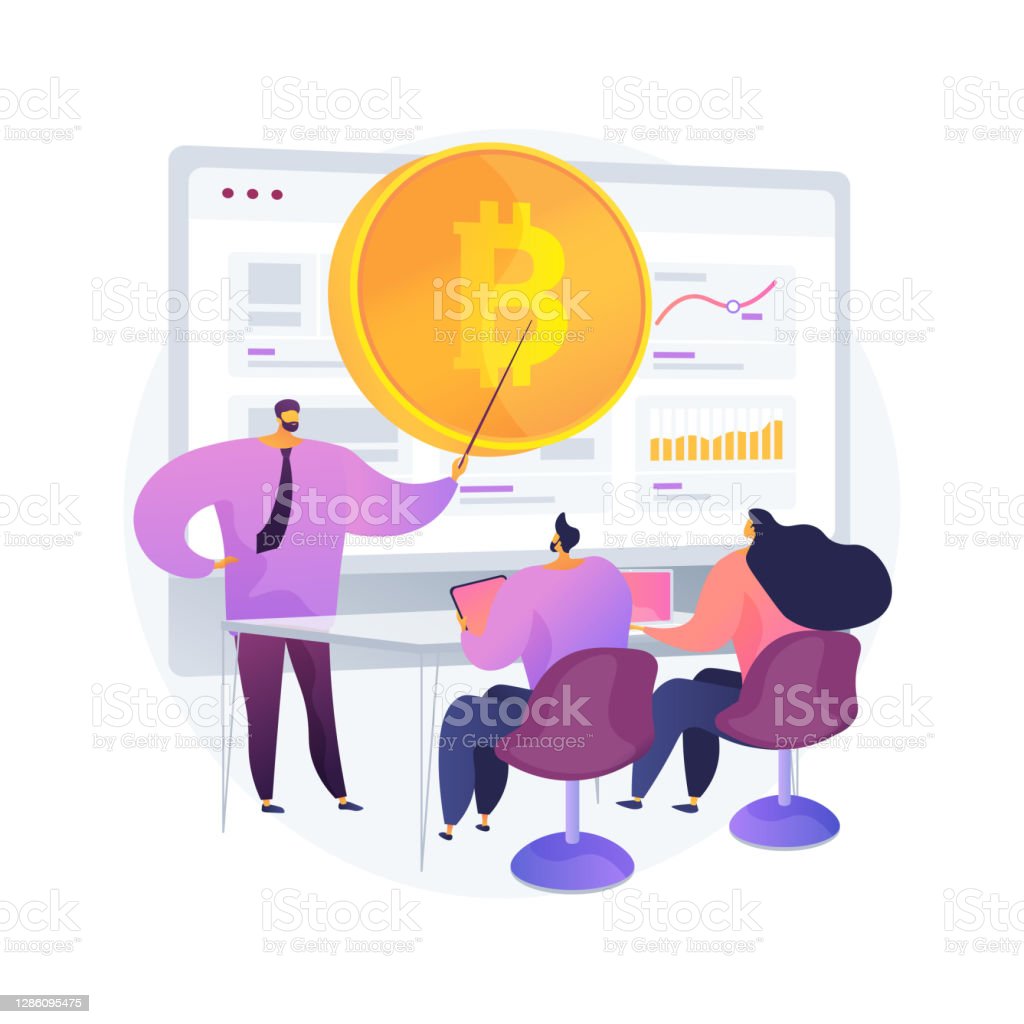Crypto education might be an integral factor in the promotion of financial empowerment and growing mass adoption across Latin America; if it is done in the right way. In October last year, it was estimated that nearly 15% of the global supply of Bitcoin was in circulation in Latin America.
Based on a recent report released by Crypto Literacy, nonetheless, 99% of Mexican and Brazilian respondents failed a basic assessment on crypto literacy. Currently, crypto adoption is well underway across the region; on the rise even; but, individuals still do not have a basic understanding of its use cases and underlying technology.
When the lack of basic crypto literacy is considered in the context of the developing markets across Latin America, where the use cases of blockchain technologies hold real significance, it becomes a serious issue.
The Latin American populations that lack crypto literacy risk missing out on stablecoins that can provide protection against Latin America’s quickly increasing inflation. Just like the decentralized applications (dApps) that offer the populations of unbanked people access to financial services from their mobile devices.
In nations where remittances are a major factor in powering the economy, cryptos offer a quicker and cheaper alternative for sending funds across borders. So, how can Latin America’s most underserved population be helped to access life-changing technology? Education.

Unlocking Mainstream Adoption Via Education
Education has the potential to address three major obstacles that prevent mainstream crypto adoption; trust, financial literacy, and safety.
Financial Literacy
Financial literacy, or lack of it, does not stand only as a barrier to cryptocurrency adoption. It mainly stands as a barrier to traditional bank adoption too. Across Latin America and the Caribbean, almost 50% of the population is unbanked according to the data published in August 2021. They lack access to a bank account or different other financial services.
Apart from living far from the available financial institutions, most people cite the absence of trust in institutions as another reason for remaining unbanked. Where trust is minimal, there is mostly a lack of understanding.
Trust
It is quite common in Mexico to hear a variety of stories of parents who recommend that their adult children exchange their savings for United States dollars and hide it away in a safe instead of trusting the earnings with a financial institution.
By boosting financial literacy around widespread financial concepts and more concentrated blockchain-related concepts, it is possible to inspire greater trust in financial institutions as a major pillar for promoting some form of mainstream adoption.
Safety
The trust that education brings in is more than the trust in financial institutions. It is also trusting yourself to make the right decisions: whenever people do not understand the institutions and tools with which they interact, they will most probably make risky financial decisions, and they know it.
Education can help in acting as a type of a safety net, teaching people which rules are and are not in place to protect them so that they can understand the way financial services fit within these regulatory frameworks.
Teach Where It Matters The Most
Crypto can change the world and those people who understand it best will be at a major advantage. Knowing the power that education creates, it is crucial that the crypto industry targets audiences and potential users strategically to perpetuate the already entrenched inequalities. The remote and underserved communities, and those with minimal access to traditional education, need to be at the forefront of the recipients of a blockchain education.

In the case of remote communities, we have to create various mobile-friendly opportunities so that people can access learning materials from their mobile devices without having to travel miles to the nearest town or city.
For the people with less education, multimedia educational materials come in handy to help circumnavigate the need for literacy without having to assume high-level base knowledge. In the case of women, mentorship programs and role models are important for the creation of a welcoming and inclusive space that is explicitly designed to attract more women into the crypto world.
It is advisable to create resources in local languages for global audiences to ensure that the education reaches the widest audience possible. Portuguese and Spanish are great for Latin America. For everyone who is involved, we need to avoid instituting financial barriers to education; trusting in the long-term gain of the growing user bases via free and accessible education.
Cryptos and blockchain technology were developed to break through the power structures of traditional finance. They can drastically boost financial inclusion and freedom in Latin America. Thus, it is not strange to see that crypto adoption is on the rise currently.
With the mass adoption of the new technology, there is a new risk of leaving the most vulnerable population behind. Nevertheless, education can solve all this. Education can boost trust in the rapidly-advancing technology and instill knowledge that enables people to interact safely with the new tools. Furthermore, education can break the vicious cycle of financial exclusion.
 cryptovibes.com
cryptovibes.com